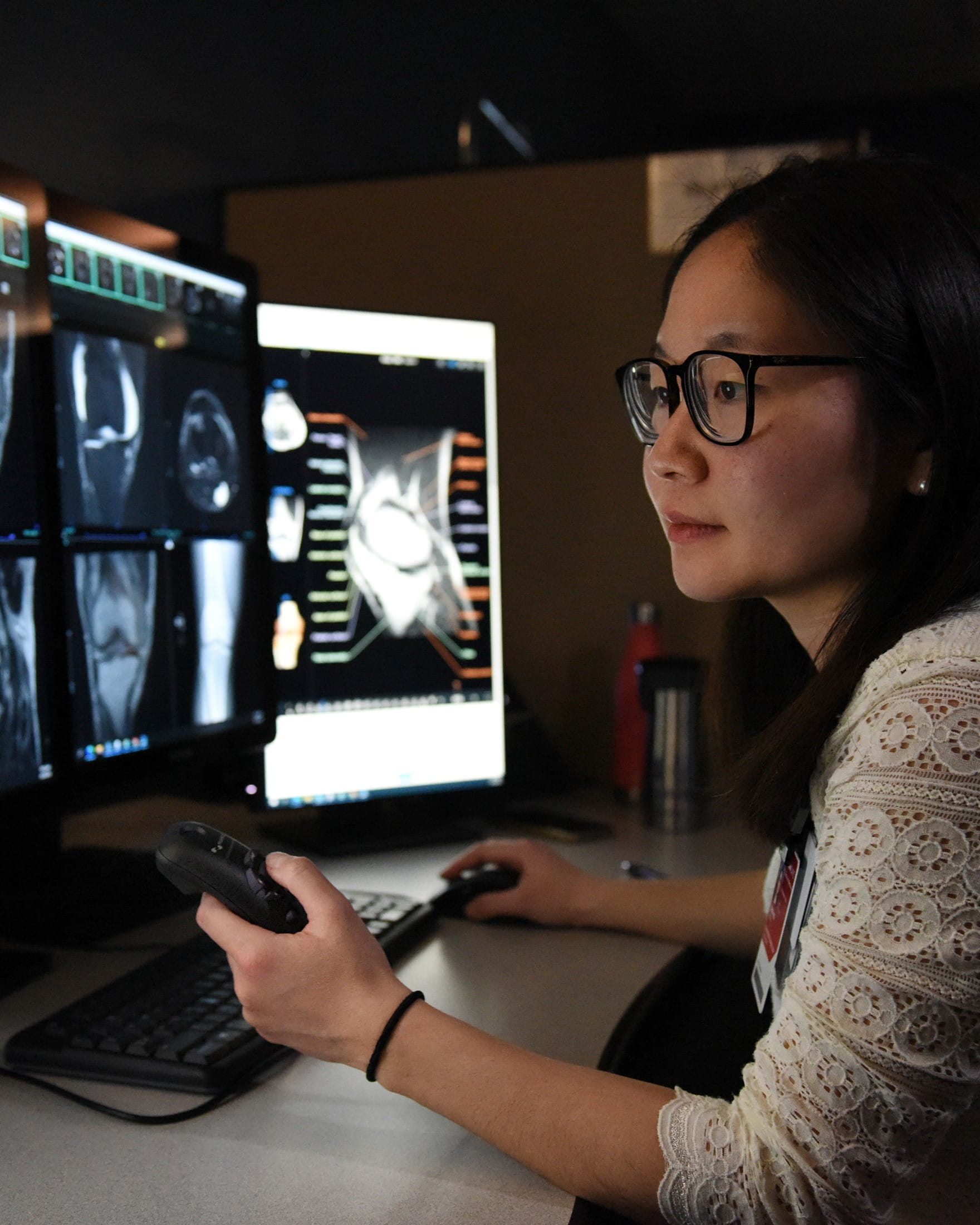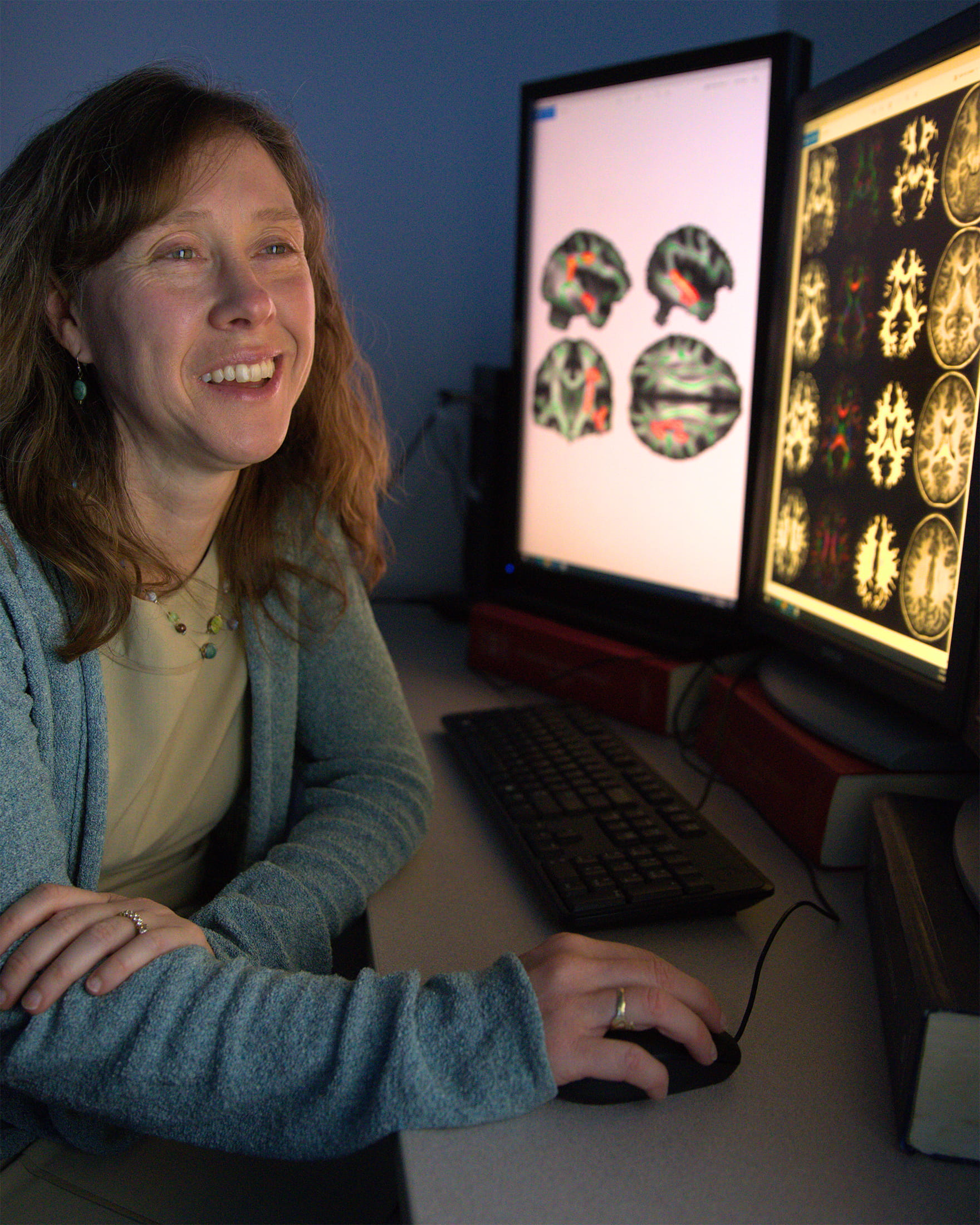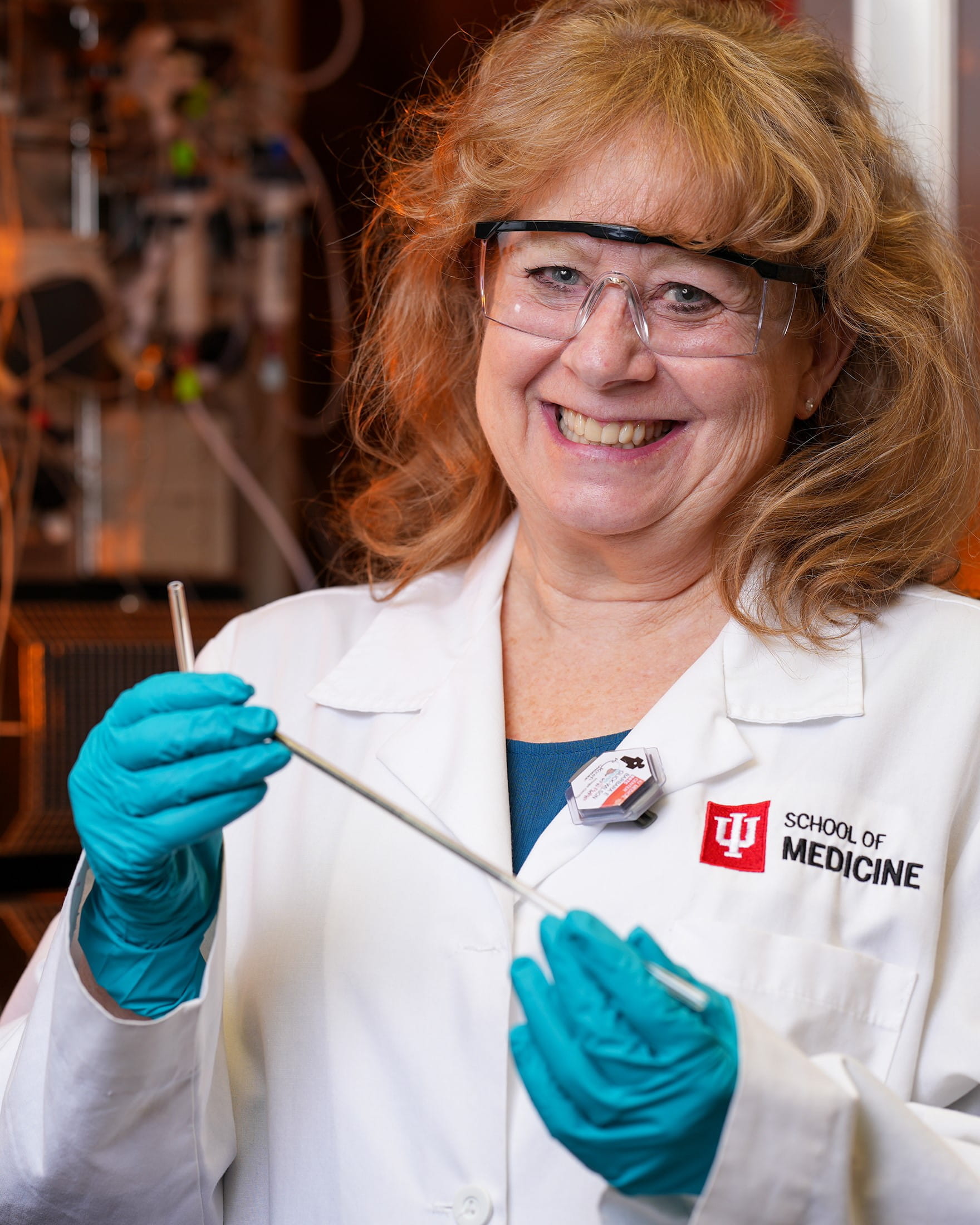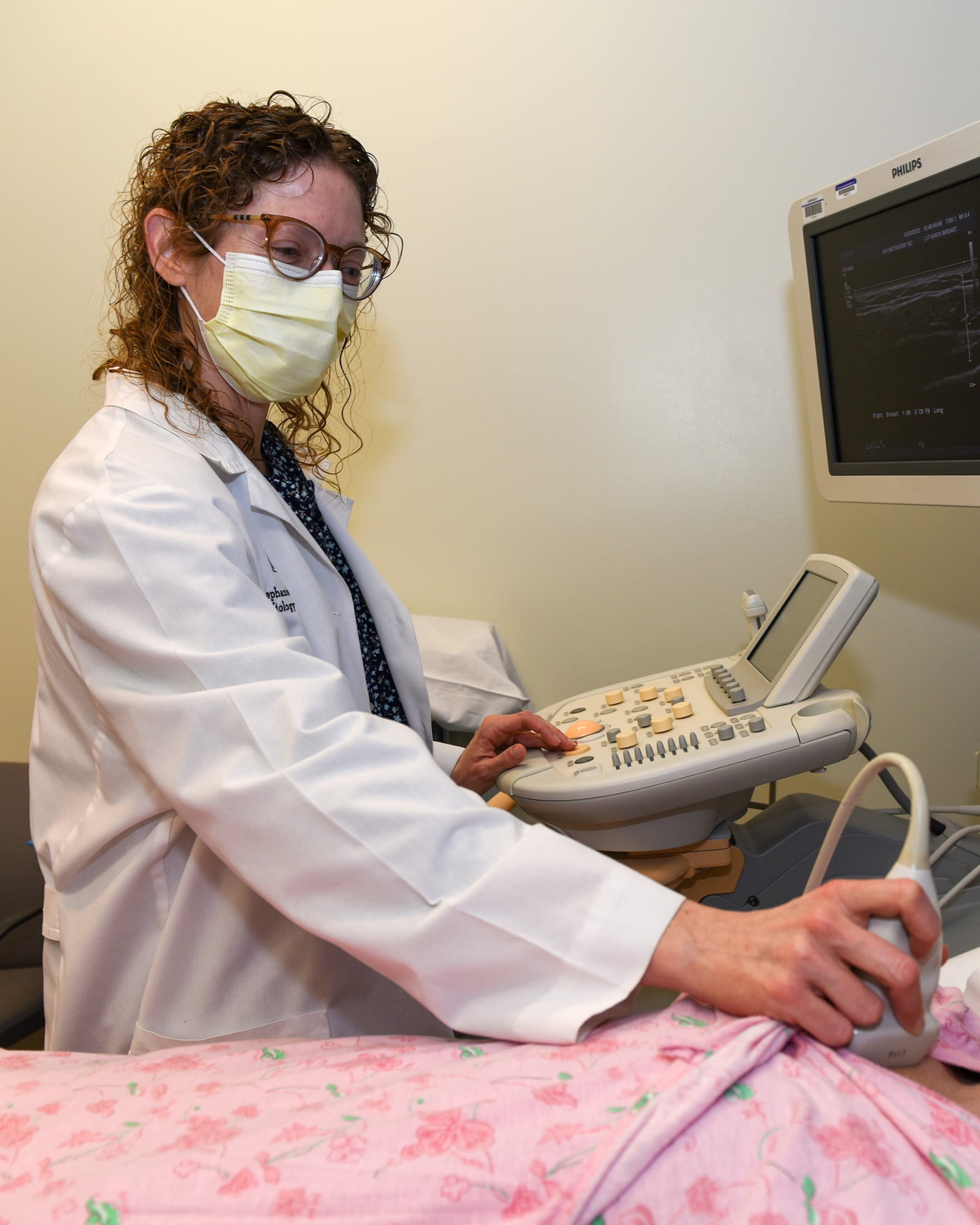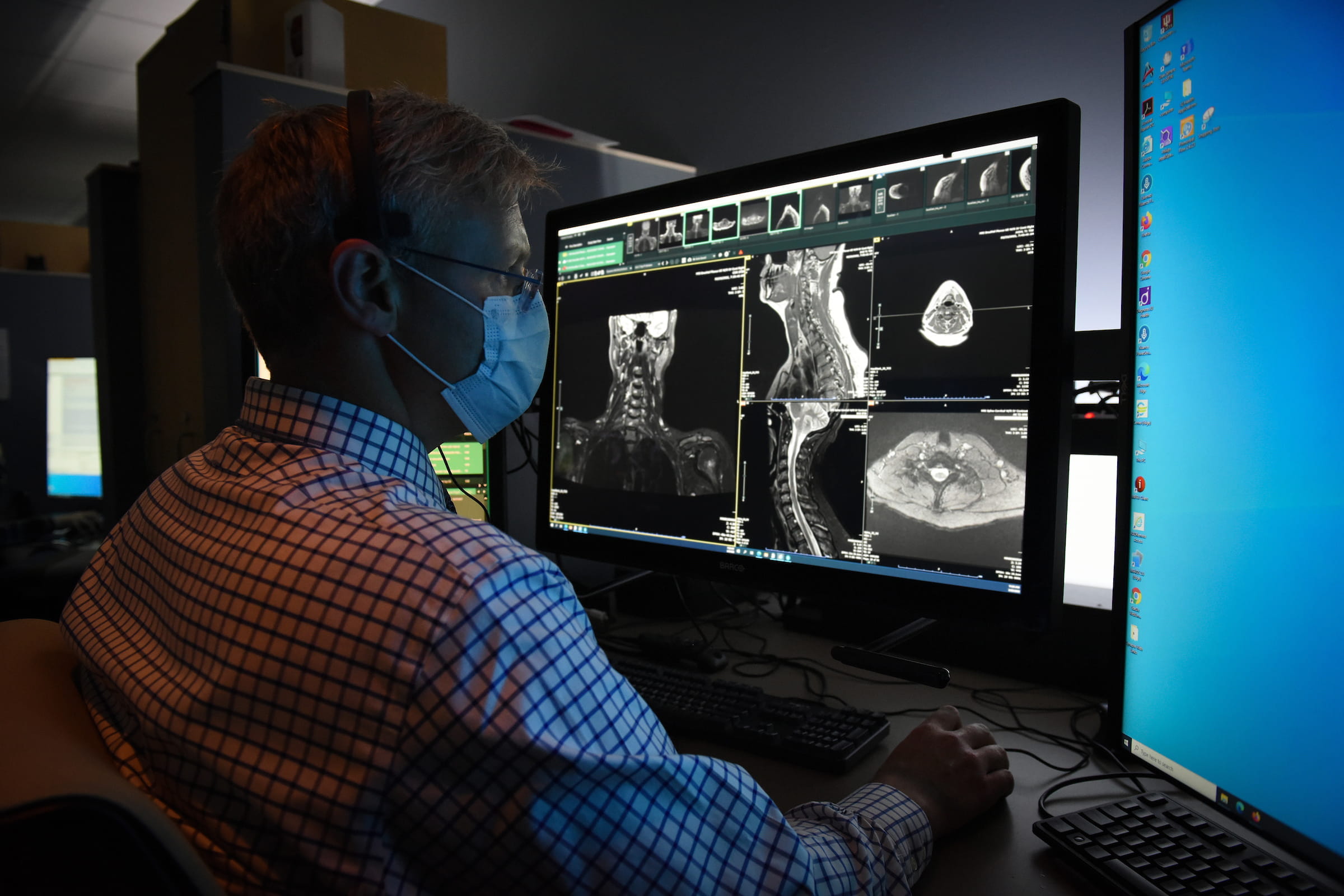Upcoming Events

Faculty News
Esteemed radiology professor named president-elect of Indiana State Medical Association, aims to inspire the next generation
IU School of Medicine's Richard Gunderman has been named the 179th president of the Indiana State Medical Association, an organization representing over 9,500 physicians and students.

Rapid blood test can detect heart attack patients at highest risk of in-hospital death
A rapid blood test can help detect a dangerous heart condition.
Are you a patient looking for exceptional care? Have questions about an upcoming appointment?
To schedule an appointment with an IU School of Medicine radiologist, reschedule an appointment, or just ask questions about treatment, contact IU Health at (888) 484-3258 or find a doctor online. We cannot assist with any clinical issues on this page.
